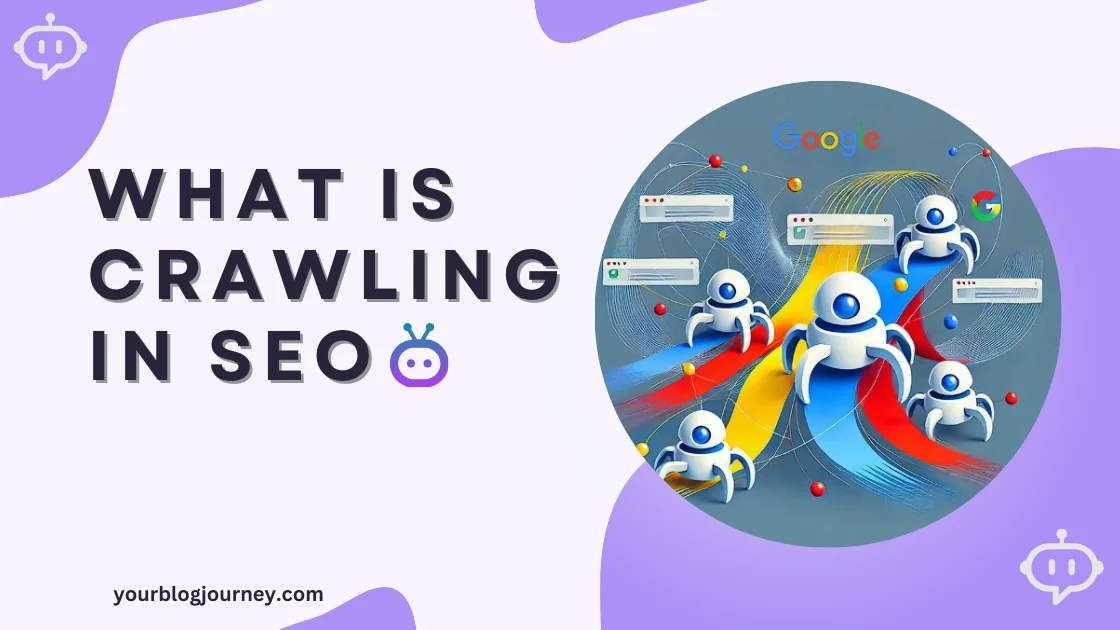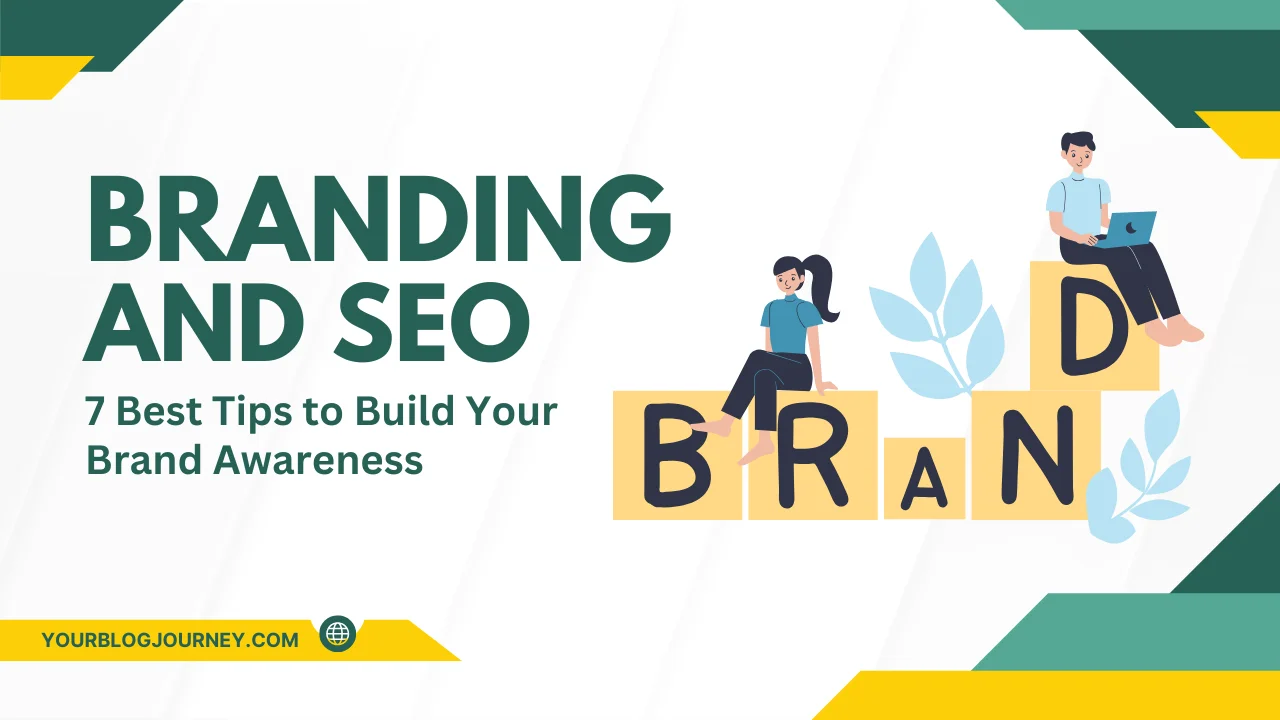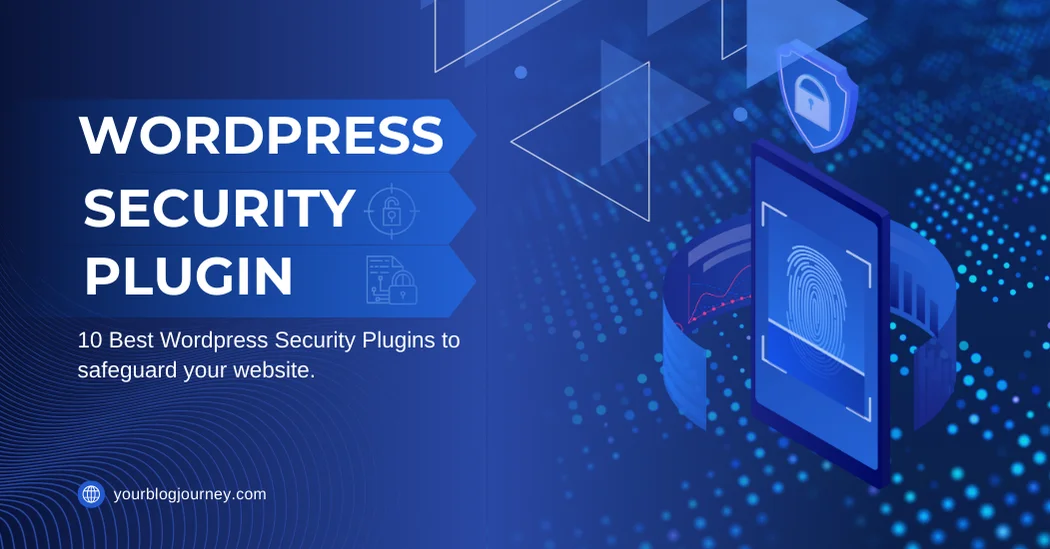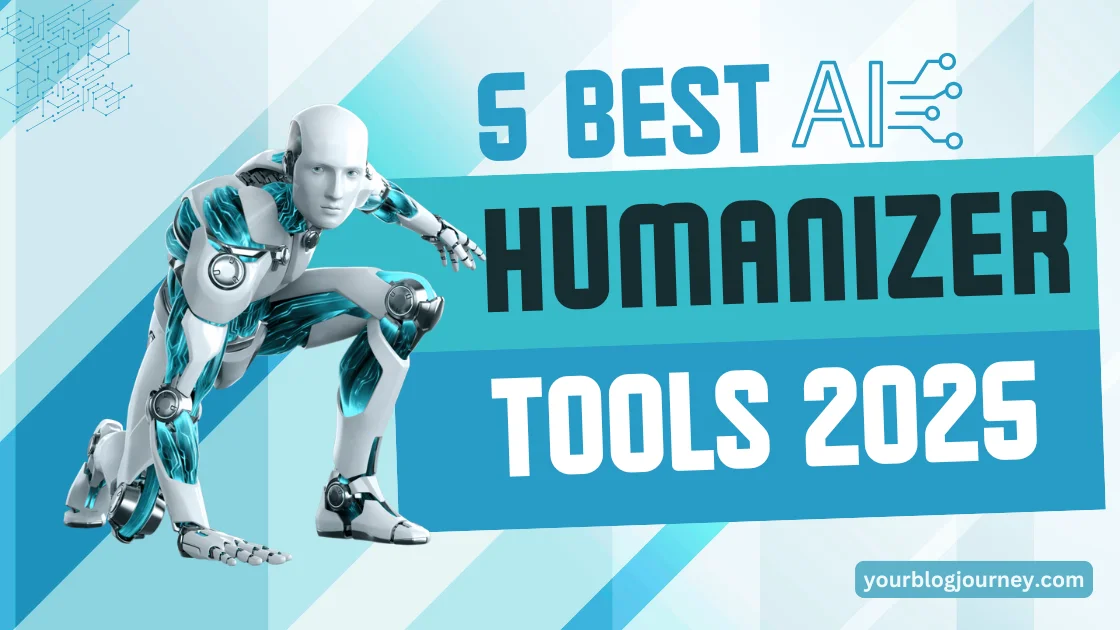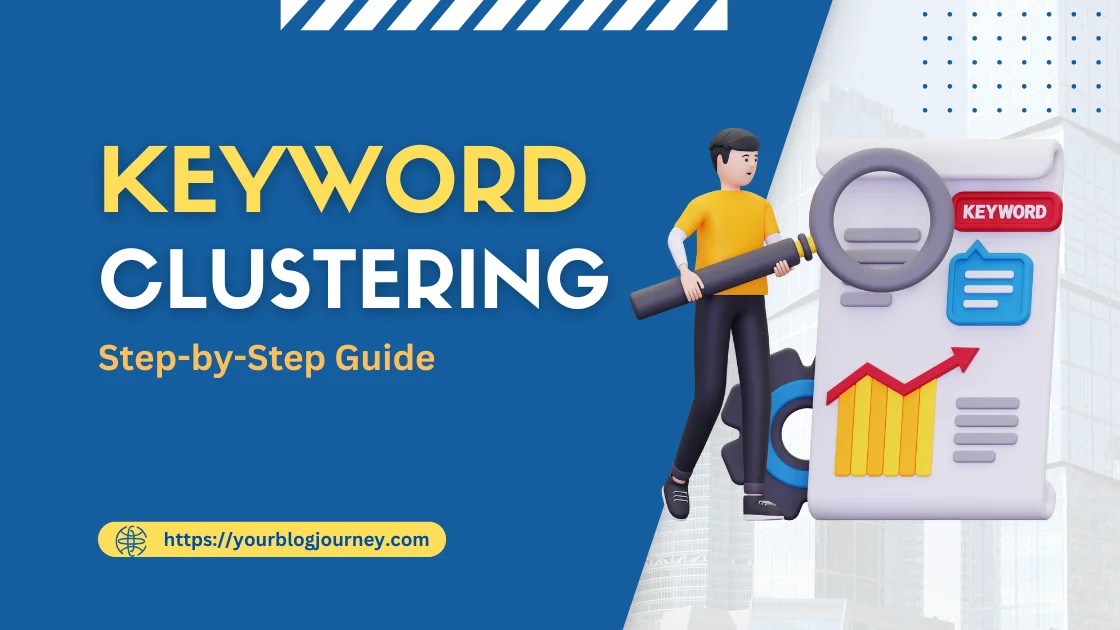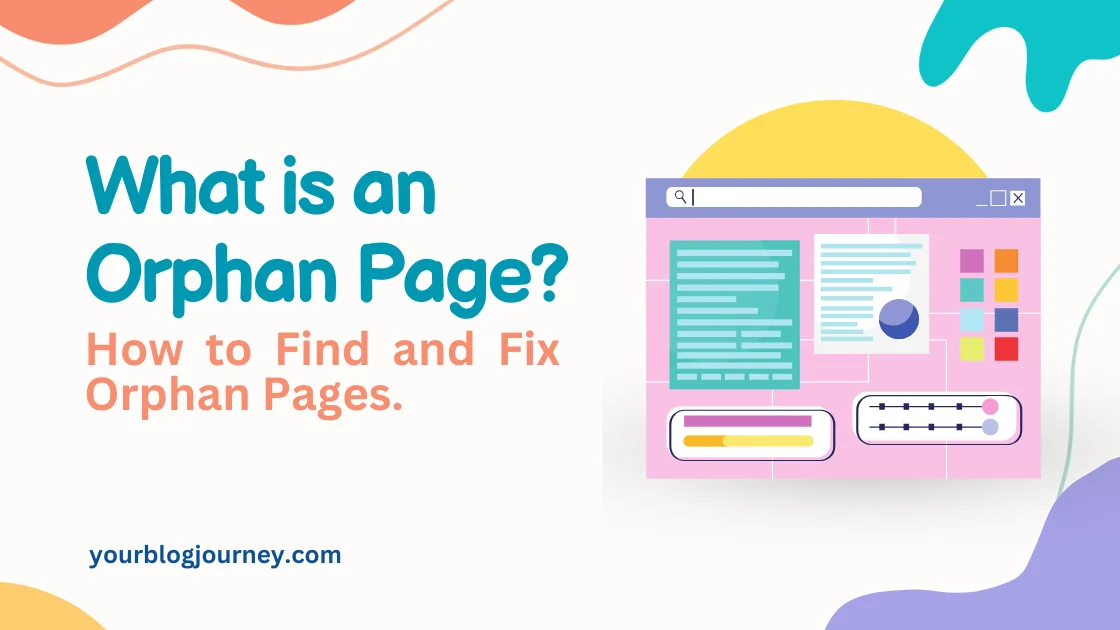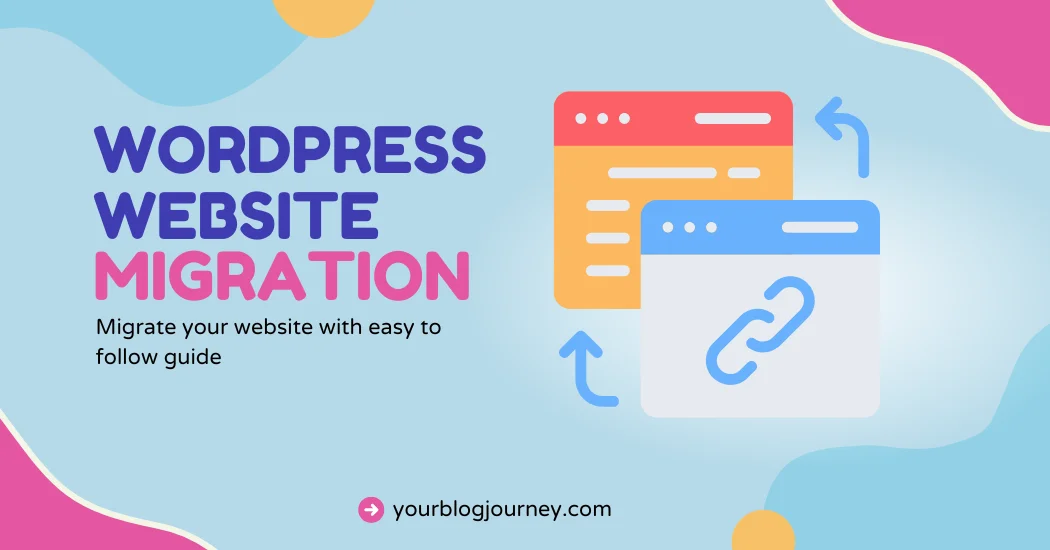Imagine trying to find a specific book in a massive library with no catalogue or librarian to guide you. Sounds frustrating, right? Now think about the internet, it’s a gigantic digital library with billions of web pages. Search engines use a clever system called crawling to make sense of it all.
This is where the magic begins, helping search engines organize websites so we can find what we need with just a search. Curious about how it works? Let’s break it down step by step.
What is Crawling in SEO?
Crawling is the process by which search engines discover and explore web pages online. Think of it as a digital exploration where bots, also known as web crawlers or spiders, visit websites to gather information.
These crawlers travel through links, analyze the content, and decide whether a page should be stored in the search engine index. This allows search engines like Google to display the right content when users make search queries.
For example, when you publish a blog, search engines don’t instantly know it exists. Crawling helps them find it, understand its content, and decide if it’s worth showing in search results. Without crawling, your website wouldn’t even appear on the internet map.
How Search Engines Crawl Websites
Search engines like Google use bots to perform this exploration. These bots start with a list of known websites and follow hyperlinks to discover new pages. This process is known as web crawling. Imagine a spider weaving its web, each strand represents a connection between web pages. As the spider moves, it explores more of the web.
When a search engine crawls your website, it looks for pages, analyzes their content, and follows internal and external links to gather more information.
But not all pages on your site get equal attention. For instance, the homepage might be crawled more often than a hidden FAQ page. This prioritization depends on factors like page importance, relevance, and the quality of links pointing to it.
The Role of Search Engine Web Crawlers
Web crawlers act like detectives of the internet. Their main task is to help search engines like Google understand the structure and content of the web.
These bots are tireless workers, scanning millions of pages every day to keep the search engine index updated. When these crawlers visit a site, they analyze its elements, including headings, keywords, and links.
For example, if your website sells handmade candles, the crawler gathers information about your products, images, and descriptions. Based on this data, the search engine decides how and where to display your site in search engine results pages (SERPs). This is why ensuring your site is crawler-friendly is crucial for SEO success.
Website Crawling and Indexing in SEO
Crawling and indexing are two parts of the same process but serve different purposes. Crawling is about discovery, while indexing is the process of storing and organizing the information collected by crawlers.
Think of it like this: crawling is when a librarian finds a new book, and indexing is when they catalogue it for readers to find later.
For example, when a search engine bot visits your website, it gathers data about the content and adds it to its index if deemed useful. This index is essentially a giant database where all the information is stored.
If your page isn’t indexed, it won’t appear in search engine results, no matter how valuable the content is.
Difference Between Crawling and Indexing
The difference between crawling and indexing is simple but important. Crawling is the act of finding content, while indexing involves saving and organizing it. Crawlers explore the web, but only index-worthy pages make it into the search engine index.
| Crawling | Indexing |
|---|---|
| The process of discovering web pages. | The process of storing and organizing data. |
| Performed by web crawlers. | Handled by the search engine index. |
| Enables search engines to find pages. | Ensures pages appear in search results. |
Understanding this distinction helps website owners focus on creating content that not only gets crawled but also indexed.
How Crawling Affects Indexing
Crawling directly impacts indexing because it determines which pages are seen by search engines. If a crawler can’t access a page—due to broken links, slow loading times, or blocked permissions, it won’t be indexed.
For instance, let’s say your site has a beautiful product catalogue, but the links to those pages are broken. Even if the products are amazing, search engines won’t know they exist, and potential customers won’t find them. This is why ensuring proper crawling is a critical step in your SEO strategy.
Importance of Crawling and Indexing for SEO
In the context of SEO, crawling and indexing form the foundation of visibility. They are like a gateway that determines whether your content can reach its audience. Without proper crawling, your site is invisible to search engines. Without indexing, it can’t be organized or ranked.
Consider this: every time someone searches for something, search engines pull results from their index. If your page isn’t there, it won’t show up. For businesses, this could mean losing potential customers or readers.
Strategies to Improve Your Crawling
To make it easier for search engines to crawl, consider these strategies:
- Update Content Regularly: Fresh content signals to crawlers that your site is active.
- Use Internal Links: These links guide crawlers to other parts of your website, improving discoverability.
- Block Search Engines from Indexing Unnecessary Pages: Use robots.txt files to manage which pages should and shouldn’t be crawled.
These steps ensure that search engines use their resources efficiently, focusing on the most important parts of your site.
What is Crawl Budget?
Your crawl budget is the number of pages a search engine bot will crawl on your site within a specific time. Websites with thousands of pages must prioritize which ones get crawled first.
How to Optimize Crawl Budget:
- Remove duplicate content.
- Avoid redirect chains that confuse crawlers.
- Ensure key pages are easy to access.
By managing your crawl budget wisely, you can ensure that search engine crawlers focus on what matters most.
How to Tell Search Engines to Crawl Your Site
Using tools like Google Search Console’s URL Inspection Tool, you can request a crawl for specific pages. This is especially helpful when you’ve added new content or made updates.
Additionally, submitting a sitemap is a simple way to tell search engines to crawl your site. This ensures they discover all important pages, even if some aren’t linked directly from the homepage.
Impact of Crawling on Ranking
Crawling is the starting point for ranking. If your site isn’t crawled, it won’t be indexed, and if it’s not indexed, it can’t rank. Therefore, efficient crawling is the first step in improving your SEO efforts.
For example, optimizing your site’s structure, speed, and content helps crawlers do their job effectively. This, in turn, boosts your chances of ranking higher.
Best Practices for Indexing Your Site
When it comes to indexing your site, keeping things simple and organized is key. Following are the best practices for fast indexing of your website:
- Make sure your content is original, helpful, and relevant as search engines love quality!
- Use descriptive meta tags to tell search engines what each page is about.
- Create a sitemap and submit it through tools like Google Search Console to guide crawlers.
- Fix broken links and avoid duplicate content it confuses crawlers.
- Lastly, keep your website fast and secure.
- Ensure mobile-friendly design.
These small steps make it easier for search engines to index your site effectively!
Final Thoughts
Understanding what is crawling in SEO means how it works and how it can transform your website’s visibility. By optimizing crawling and indexing processes, you ensure your site is discoverable and relevant.
In a digital world where visibility equals success, mastering this aspect of SEO is a must.
Sitemaps are very important for web crawling. Read this article on the submission of Sitemap to Google. How to Make a Sitemap
FAQs on Crawling
Ans: Crawling is discovering content, indexing is storing it, and ranking is determining its position in search results.
Ans: It means Google’s bots are visiting your site to gather and evaluate information.
Ans: Crawling data is the information collected by bots during the crawling process.
Ans: Web crawling helps search engines discover, analyze, and organize web content to display in search results.

